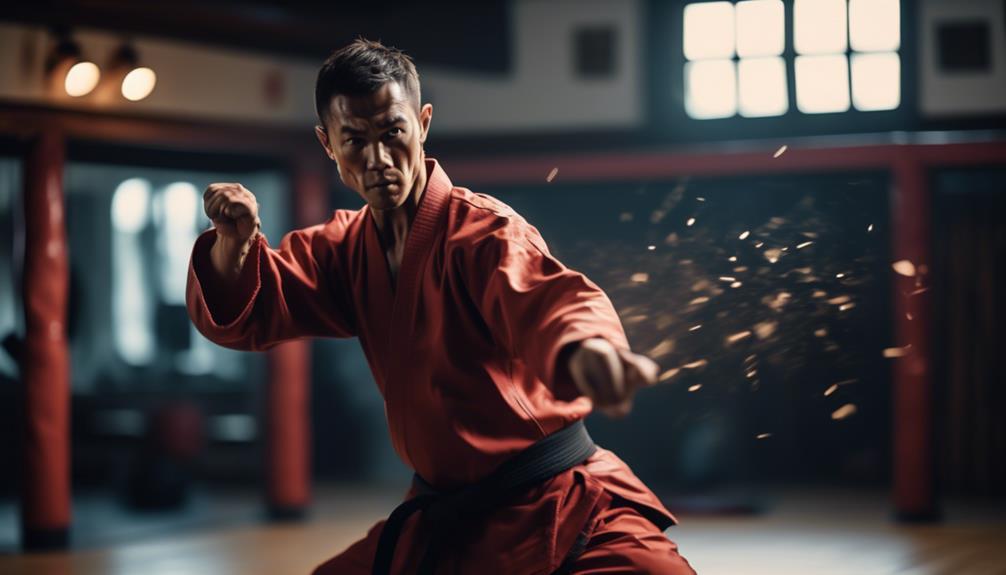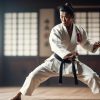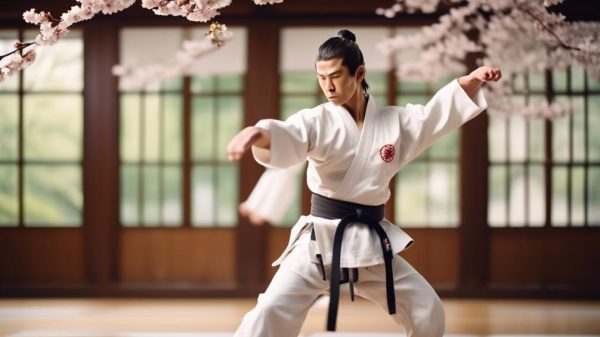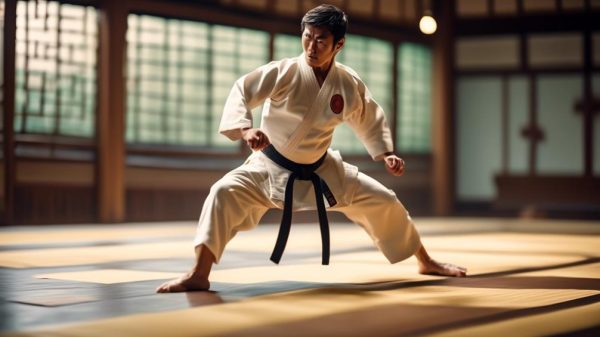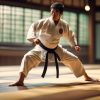Martial artists training weapon defense techniques require safe knife alternatives that emulate size, grip and attack patterns without causing harm.
Rubber training knives fill gaps when partners need to simulate threatening slashes, stabs and takeaways realistically.
Unlike plastic display knives, quality rubber blades provide edge awareness, flexible movement and retention properties close to real daggers, without sharpness.
We’ll explore rubber knife varieties best mirroring aspects of their live counterparts to build realistic response reflexes and disarming skills.
Topics cover parts of blades and handles to replicate, sizing parameters, material properties and usage safety precautions.
Discover innovative options like electronic sparring knives registering scored touches.
Find recommendations optimal for law enforcement, military, jiujitsu, kali and tactical self defense across budget levels.
Then explore drilling reactions against common attack lines.
Importance of Rubber Knives
The significance of rubber knives in self-defense training can’t be overstated.
They provide a safe and essential tool for mastering disarming techniques without the risk of injury. In martial arts training, precision and safety are paramount, making rubber knives a valuable ally.
They bridge the gap between theory and reality, offering a tangible way to practice techniques, refine skills, and build the muscle memory necessary for real-life confrontations.
Rubber knives are crucial training equipment when learning self-defense techniques that could potentially save lives.
Under the guidance of a trained martial arts instructor, students can refine their skills, ensuring that every move becomes second nature while preventing injuries that could hinder progress.
By using a rubber knife, individuals can simulate the stress of an actual attack without any danger. Each controlled exercise and repetition enhances the ability to respond effectively when it truly matters.
For martial artists, especially those in disciplines like Krav Maga, where knife defense is fundamental, the rubber knife isn’t just a practice tool—it’s an essential component in the arsenal of training equipment.
With every drill, practitioners evolve into more proficient defenders, ultimately mastering their skills.
Types of Training Knives
Different types of training knives are essential for honing self-defense skills. Rubber knives are a foundational tool for training, designed to minimize the risk of injury during practice.
However, there are various other training knives that serve specific purposes in enhancing martial arts techniques.
Here are some options to consider:
- Standard Rubber Knives: These are ideal for foundational practice, allowing you to execute movements without real-world risks.
- Weighted Training Knives: Adding heft to simulate the feel of an actual knife, these knives help in refining muscle memory.
- Marker Training Knives: Coated with washable dye, they provide visual feedback on accuracy and strike placement.
- Aluminum Training Knives: While not made of rubber, they offer a more realistic experience for advanced practitioners under the supervision of a trained martial arts instructor.
- Foam Training Knives: Softer than rubber, they’re excellent for beginners to learn the basics safely.
It’s important to use each training knife safely, preferably under the supervision of a trained professional, to ensure proper technique and prevent injury.
These tools are crucial for progressing in martial arts and mastering self-defense skills.
Proper Handling Techniques
Proper Techniques for Safe Knife Handling
Learning to handle a training knife effectively starts with maintaining a secure and steady grip to ensure safety and control during practice sessions.
When holding the rubber knife, it’s crucial to adopt a stance ready for action, with your feet matching the readiness of your hands.
This forms the foundation of martial arts training: each movement is intentional, and every technique is refined to perfection.
Throughout your training journey, you’ll master self-defense techniques that require not only strength but also finesse.
With each precise strike, you’re not just mastering the use of a tool; you’re training your muscles to remember the proper technique, so it becomes second nature in real-life situations.
These rubber knives are instrumental in preventing injuries, enabling you and your training partner to fully engage without holding back.
As you practice, you’ll sense the tension, comprehend the angles, and instinctively gauge whether you’d have been struck in a genuine confrontation.
Incorporating Knives in Drills
To elevate your self-defense prowess, integrating rubber knives into your drills sharpens reaction times and hones critical counter-attack strategies.
These rubber blades are used to practice self-defense techniques by martial artists, providing the real feel without the risk.
As tools that produce no injury, they allow you to experience the shock if the blade were real, fine-tuning your instincts.
In your quest for mastery, here’s how you can incorporate rubber knives into your KnivesMartial Arts Training:
- Simulate Real-Life Attacks: Use rubber knives to create scenarios that mimic real-life threats, enhancing your situational awareness.
- Refine Disarming Techniques: Practicing with a blade that won’t cut offers the chance to perfect disarming moves with precision.
- Develop Timing and Distance: Understand the critical moments when you can strike or escape an attack.
- Stress-Test Defense Tactics: Rubber knives introduce an element of stress, vital for preparing for the unexpected.
- Increase Confidence: By training in a controlled environment, you build the confidence needed to potentially handle a real knife encounter.
Maintaining Your Training Knife
To keep your rubber knife in top condition for training, it’s essential to regularly clean and inspect it for any signs of wear and tear.
After each martial arts session, during which you’ve utilized it to practice self-defense techniques like those found in Krav Maga, take a moment to wipe it down.
This simple step helps prevent the accumulation of sweat and dirt, which can gradually degrade the material over time.
Proper storage of your knife in a dry, cool location is crucial. Exposure to excess heat or moisture can cause the rubber to warp or weaken, potentially compromising the safety and integrity of your training tool.
This advice applies not only to rubber knives but also to rubber batons, both of which require the same level of care to ensure optimal performance.
When cleaning your knife, avoid using harsh chemicals that could potentially damage the rubber. Instead, opt for a mild soap and water solution.
Additionally, make it a habit to regularly check the handle to ensure it’s securely attached to the blade, tightening it if necessary.
This simple yet vital step helps prevent injuries during training sessions.
What Is the Use of Rubber Knife?
A rubber knife is used for safe sparring and self-defense practice in martial arts to ensure non-lethal training with realistic simulations.
It plays a crucial role in refining techniques, building confidence, and developing muscle memory through controlled exercises.
What Is a Training Knife?
A training knife serves as a valuable tool for sparring and honing knife safety skills.
It provides a realistic platform for practice, essential for mastering martial arts and enhancing self-defense training.
Through combat simulation, grip techniques, and disarming drills in simulated fights, it sharpens your skills and prepares you for real-life situations.

